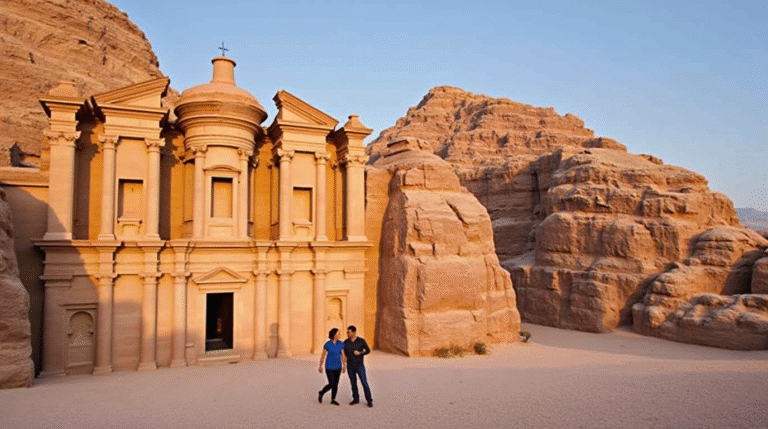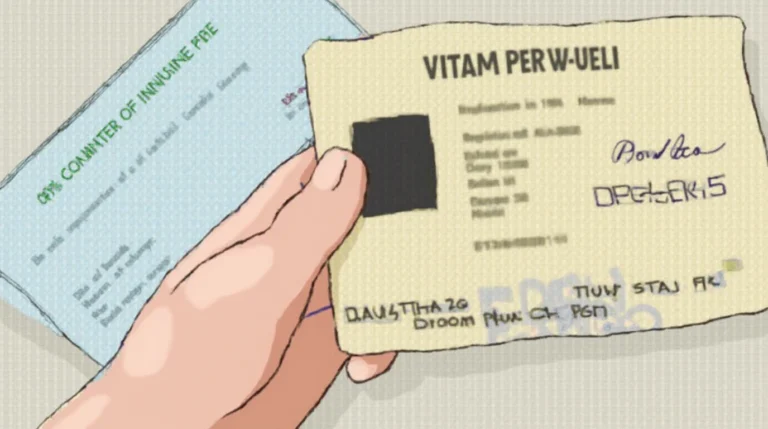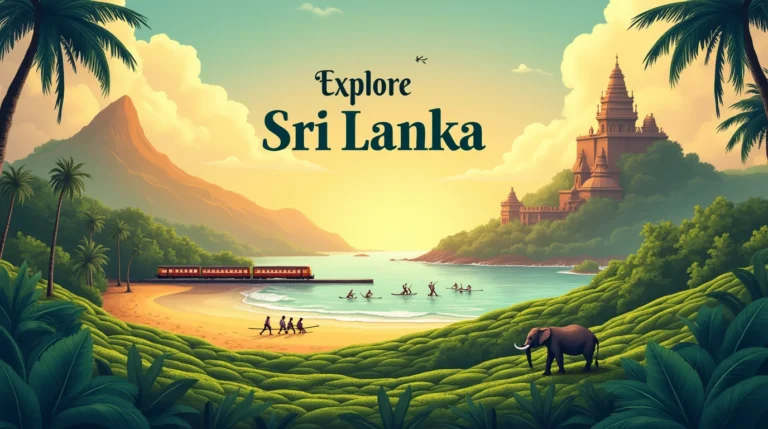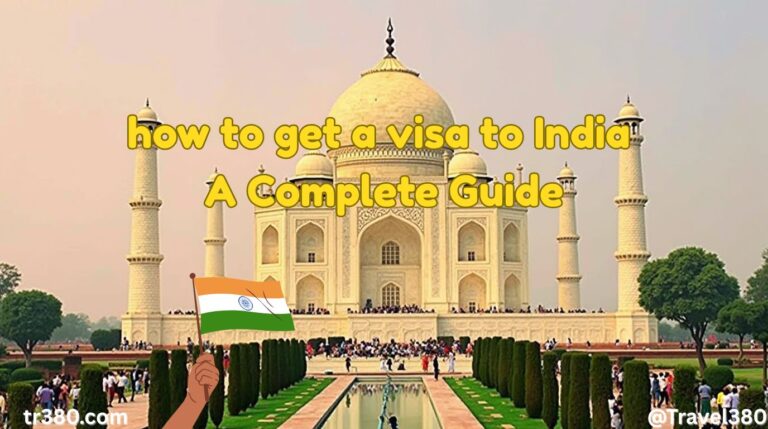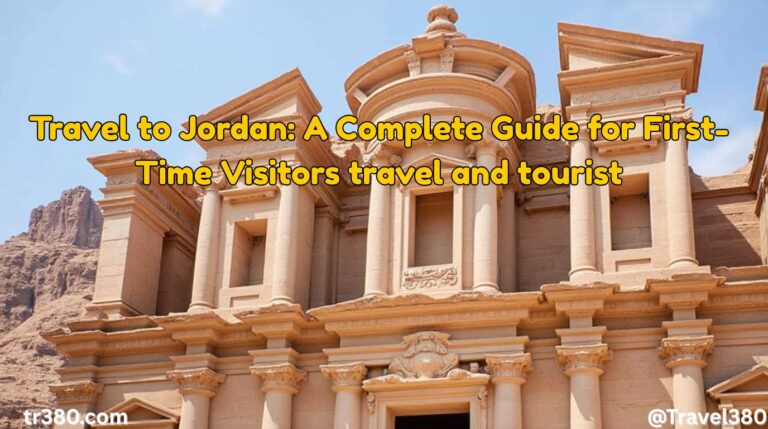Travel to Cambodia: A Complete Guide for First-Time Visitors
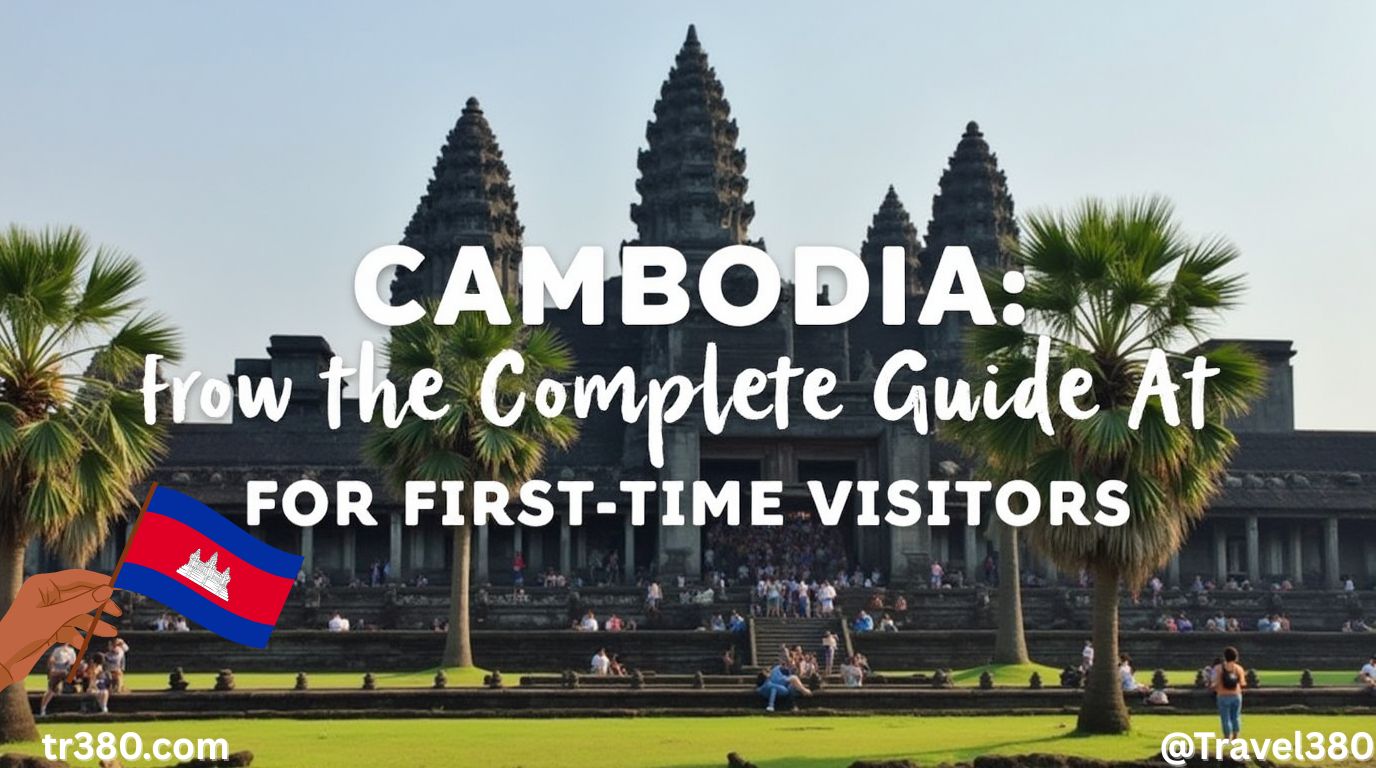
Table of Contents
Cambodia, nestled between Thailand, Vietnam, and Laos, is a country steeped in history, natural beauty, and warm hospitality. Despite its turbulent past, Cambodia has emerged as one of Southeast Asia’s most beloved destinations, attracting backpackers, luxury travelers, and cultural explorers alike.
Famous for its UNESCO-listed temple complexes, bustling markets, delicious street food, and stunning coastline, Cambodia offers a unique blend of adventure, relaxation, and deep cultural immersion.
This comprehensive guide will walk you through everything you need to know before visiting Cambodia — whether it’s your first time or you’re planning a deeper journey into the Kingdom.
🌟 1. Best Places to Visit in Cambodia
From world-famous temples to tranquil islands and lively cities, Cambodia has no shortage of incredible destinations. Here are the top spots you should include on your itinerary:
⛩️ Angkor Wat – The Crown Jewel of Cambodia
The largest religious monument in the world, Angkor Wat is the highlight of any trip to Cambodia. Built in the 12th century as a Hindu temple and later converted to Buddhist use, it’s part of the larger Angkor Archaeological Park , which includes dozens of other temples like Bayon, Ta Prohm, and Banteay Srei.
Highlights:
- Sunrise at Angkor Wat
- Exploring Ta Prohm (the “Tomb Raider Temple”)
- Climbing Phnom Bakheng for panoramic views
- Visiting the ancient city of Angkor Thom
📌 Tip: Buy a multi-day pass (3 or 7 days) to explore beyond the main sites.
🏙️ Siem Reap – Gateway to Angkor
The town of Siem Reap is the base for exploring Angkor. It’s also a destination in itself, offering great food, nightlife, markets, and cultural shows.
Things to Do:
- Night market shopping
- Dinner cruise on Tonle Sap River
- Artisans d’Angkor workshop tours
- Phare Circus performances
📌 Tip: Try local dishes like amok (coconut fish curry), lok lak (stir-fried beef), and banana pancakes.
🏙️ Phnom Penh – The Capital City
Cambodia’s capital, Phnom Penh , is a mix of colonial charm, modern energy, and historical depth. While not as touristy as Siem Reap, it offers a more authentic glimpse into urban Cambodian life.
Highlights:
- Royal Palace and Sisowath Quay
- National Museum of Cambodia
- Central Market and Russian Market
- Killing Fields and Tuol Sleng Genocide Museum
📌 Tip: Rent a cyclo (bicycle rickshaw) to tour the city center.
🏝️ Sihanoukville & Koh Rong – Beach Escape
If you’re craving sun, sea, and sand, head to Sihanoukville and the nearby island of Koh Rong . With white-sand beaches and turquoise waters, these spots offer a tropical paradise vibe.
Activities:
- Island-hopping and snorkeling
- Relaxing on Lazy Beach or Sok San Beach
- Night kayaking (bioluminescent plankton)
- Staying in beach bungalows or eco-resorts
📌 Tip: Koh Rong Samloem is quieter and less developed than Koh Rong.
🐒 Kep – Coastal Charm & Crab Paradise
Smaller and more laid-back than Sihanoukville, Kep is known for its fresh seafood, especially crab served with Kampot pepper.
Highlights:
- Kep National Park hiking trails
- Abandoned buildings of the former governor’s mansion
- Sunset view from Rabbit Island (Koh Tonsay)
📌 Tip: Combine a visit to Kep with a stop in nearby Kampot , famous for pepper plantations and riverside charm.
🏞️ Kampot – Charming Riverside Town
Once a French colonial outpost, Kampot is now a favorite among slow travelers and expats. It’s the gateway to the Cardamom Mountains and home to some of Cambodia’s finest pepper farms.
Things to Do:
- Take a boat ride along the river
- Explore pepper farms and salt fields
- Visit Bokor National Park (optional day trip)
📌 Tip: Try fresh pepper ice cream and take home a jar of Kampot pepper.
🐘 Mondulkiri & Ratanakiri – Adventure in the Northeast
For nature lovers and those seeking off-the-beaten-path experiences, the remote provinces of Mondulkiri and Ratanakiri offer jungle treks, waterfalls, and hill tribe communities.
Highlights:
- Elephant sanctuaries (ethical ones only)
- Waterfall hikes like Yeak Laom and Katieng
- Visiting indigenous Bunong villages
📌 Tip: These areas are quite isolated — best suited for adventurous travelers.
👩🌾 2. Cultural Etiquette for Travelers in Cambodia
Cambodia is a deeply spiritual and respectful society. Understanding and following local customs will help you connect with locals and avoid misunderstandings.
✅ Key Etiquette Tips:
🙏 Dress Modestly in Religious Sites
- Cover shoulders and knees when entering temples.
- Remove shoes before entering homes or some shops.
- Sarongs are often provided at temple entrances.
🤝 Greeting Customs
- Use “Chum reap suor” (Hello) and “Lerng chai” (Thank you).
- A slight bow with palms together (like a prayer position) is polite.
🙌 Respect for Monks
- Women should avoid physical contact with monks.
- Don’t touch anyone’s head — it’s considered sacred.
📸 Photography
- Always ask permission before photographing people.
- Some temples may restrict photography inside.
🕋 Public Behavior
- Avoid public displays of affection.
- Be patient and polite — Cambodians value calmness and respect.
🍽️ Table Manners
- Eat with a spoon (not a fork).
- Share dishes and try a little bit of everything.
- Finish your plate — wasting food is seen as disrespectful.
📌 Tip: Smiling goes a long way. Even in difficult situations, Cambodians remain friendly and forgiving of minor mistakes.
💰 3. Budget Travel Tips for Cambodia
One of Cambodia’s biggest draws is how affordable it is compared to many other global destinations. With careful planning, you can enjoy a memorable trip without spending much.
🚖 Transportation
- Use tuk-tuks for short distances in cities.
- Shared minivans are the cheapest way to get between towns.
- Book buses online via Giant Ibis or Mekong Express for comfort and reliability.
🏨 Accommodation
- Hostels in Siem Reap or Phnom Penh start at $4–$6/night.
- Mid-range hotels are $15–$30/night.
- For a treat, stay in an eco-lodge near Kampot or Koh Rong.
🍲 Food
- Street food and local eateries (called “diners”) are super cheap.
- Meals like fried rice, noodles, and soups cost $1–$2.
- Beer (especially Angkor Beer) is very affordable.
🎫 Entrance Fees
- Multi-day passes to Angkor temples: $48 (3 days) / $72 (7 days)
- Other attractions are generally $1–$5 per site.
🛍️ Shopping
- Markets like Phsar Chas in Siem Reap or Central Market in Phnom Penh offer great deals.
- Haggle politely — aim for 50% of the initial asking price.
📌 Daily budget estimate:
- Budget travelers: $20–$30/day
- Mid-range: $40–$60/day
- Luxury: $100+/day
🗺️ 4. Sample Travel Itineraries for Cambodia
Here are a few itineraries to suit different types of travelers and timeframes.
🌞 5-Day Short Trip (Ideal for First-Timers)
Day 1: Arrive in Siem Reap → Explore Old Market + Pub Street
Day 2: Full day exploring Angkor Wat, Ta Prohm, and Bayon
Day 3: Day trip to Tonle Sap Floating Village
Day 4: Train to Phnom Penh → Visit Royal Palace & Sisowath Quay
Day 5: Departure
🧭 7-Day Classic Cambodia Itinerary
Day 1: Arrive in Siem Reap
Day 2: Sunrise at Angkor Wat + explore central temples
Day 3: Banteay Srei & countryside biking
Day 4: Fly to Phnom Penh → Killing Fields & Tuol Sleng
Day 5: Bus to Kampot → Pepper farm tour
Day 6: Ferry to Koh Rong → relax on the beach
Day 7: Return to Sihanoukville or fly out
🏞️ 10-Day Adventure Itinerary
Add extra days for:
- Explore Bokor National Park
- Stay in Mondulkiri or Ratanakiri (jungle and elephant sanctuaries)
- Visit Battambang (railway and caves)
- Optional side trips to the border with Thailand or Vietnam
📌 Tip: If you have limited time, focus on Siem Reap and Phnom Penh — the cultural and historical highlights.

